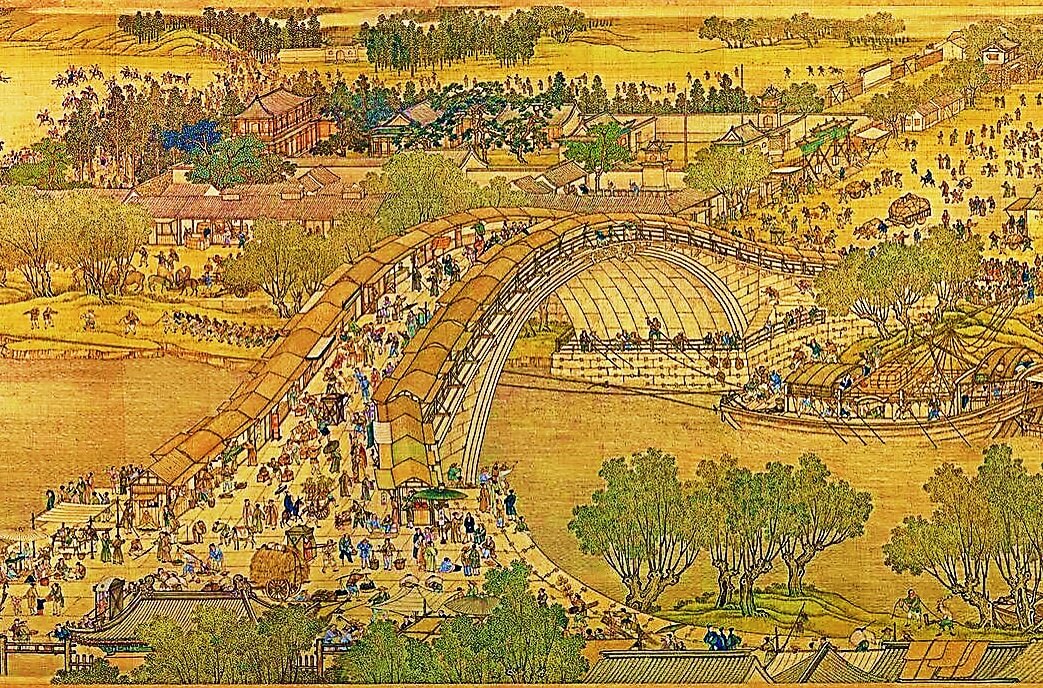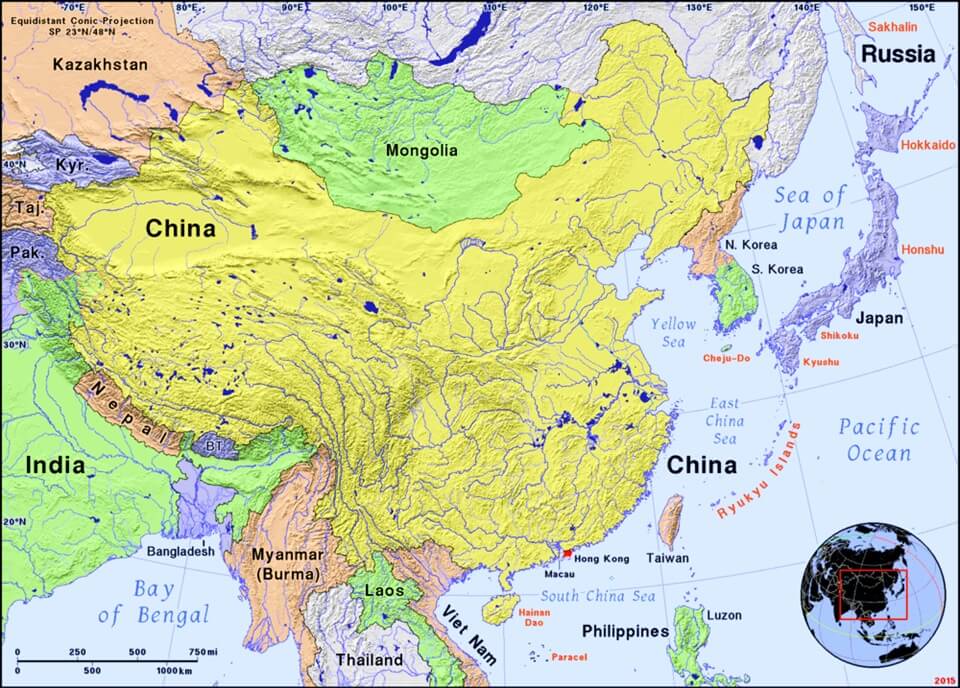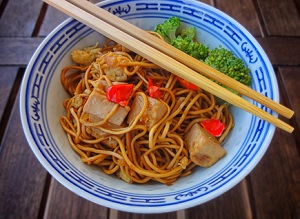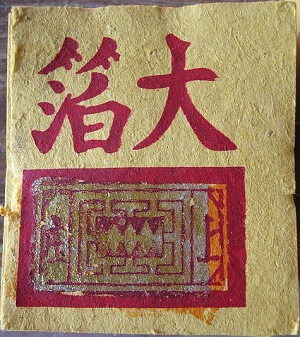Activity 1: Can You Find It?
Find the following in the artwork:
- Kaifeng
- Bridge
- Ship
- Mast
- Line of Men Pulling a Rope
- Men with Poles Under the Bridge
- Men with Poles On the Boat
- Wagon with Hay
- People on Horseback
- Oxen Pulling a Cart
- Parasols
- Large Umbrellas
Activity 2: Narrate the Artwork
- After studying the artwork, narrate the scene shown aloud using your own words.
Activity 3: Complete Vocabulary Activities
- While studying the new words, point out any you see in the painting.
- Define each of the vocabulary words in your own words.
Activity 4: Sketch the Foods and Offerings of the Qingming Festival
- Qingtuan: Green dumplings made of rice and barley grass.
- Chopsticks: A pair of small, thin, tapered sticks of wood, ivory, or plastic, held together in one hand and used as eating utensils.
- Joss Paper: Spirit money burned in honor of the dead.
- Tea: A hot drink made by infusing the dried, crushed leaves of the tea plant in boiling water.
Activity 5: Color the Artwork

- Click the crayon above, and complete page 25 of 'Art History Coloring Pages for Second Grade.'
 Art Around the World
World Art
Art Around the World
World Art


 Art Around the World
World Art
Art Around the World
World Art






